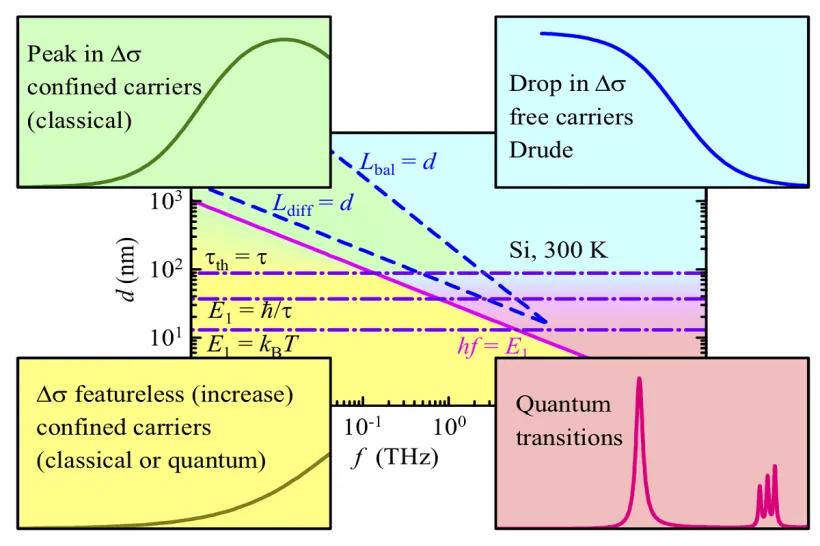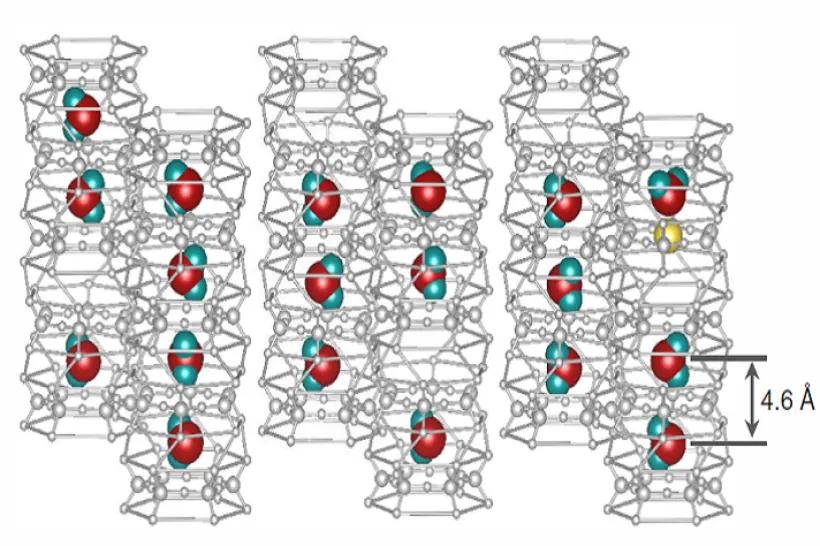The spin and charge transport in molecule-sized junctions is subject to an interplay among quantum-mechanical phenomena, like tunneling and superconductivity, and relativistic effects like the spin-orbit coupling. This interplay gives rise to a rich and complex behavior of the response functions that is studied for its importance in current technological applications.
We study time-dependent electronic processes in nanoscopic junctions consisting of an active element, like a single molecule, semiconductor nanowire or a conducting polymer, that acts as a bridge between massive metallic leads. The non-equilibrium conditions are given by voltage bias between the leads, by changes of the acting (electric or magnetic) fields or by changes of the boundary conditions (for instance by modification of the tunnel couplings). The leads are usually considered made of metals with complex electronic structure that may host magnetic moment or superconducting pairing. The electronic structure of the junction is modeled using density functional theory (DFT) while the transport properties are calculated using advanced non-equilibrium Green function techniques. Electronic correlations can be incorporated using different methods starting from simple diagrammatic solvers up to quantum Monte Carlo. Resulting response (spin-resolved conductance in normal junctions or Josephson current in superconducting setups) can be then compared to experimental results.





